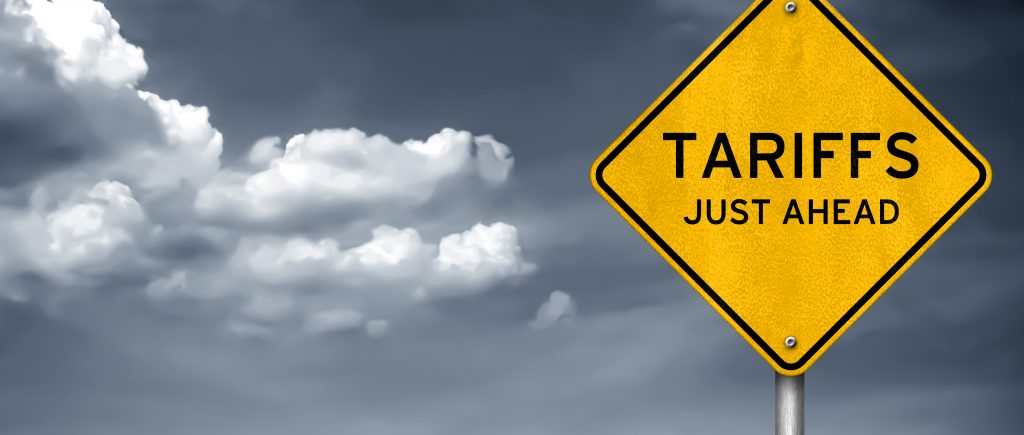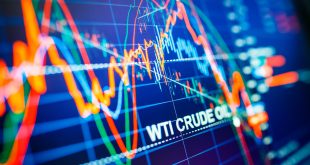The escalating trade tensions between the United States and China have sparked serious concerns from leading financial institutions, with Fitch Ratings and Goldman Sachs issuing stark warnings about the potential economic fallout from new U.S. tariffs. As the world’s two largest economies lock horns over trade policies, these institutions highlight a precarious path ahead, marked by short-term fiscal gains overshadowed by long-term risks. From rising consumer costs to threats of global economic slowdown, the implications of these tariffs could reshape markets and challenge economic stability in 2025.
Fitch Ratings has cautioned that while the proposed U.S. tariffs—potentially reaching an effective rate of 25%—could temporarily reduce the U.S. trade deficit and generate significant revenue, the broader consequences may be severe. The agency estimates that such measures could bring in approximately $800 billion, offering a short-term boost to government coffers and possibly narrowing the federal budget deficit. However, this silver lining comes with a heavy cloud of uncertainty. Higher tariffs are likely to inflate the cost of imports, squeezing consumer spending and dampening business investment. This could slow economic growth and, in a worst-case scenario, push the U.S. toward recession. Fitch warns that the Federal Reserve’s ability to counteract these pressures through interest rate cuts may be limited if inflationary pressures intensify, creating a delicate balancing act for policymakers.
Goldman Sachs echoes these concerns, focusing on the ripple effects across the Pacific. The firm projects that a sharp increase in U.S. tariffs, potentially up to 50% on Chinese exports, could shave 0.7 percentage points off China’s real GDP growth in 2025, dragging it down to 4.5%. As China is a key driver of global economic growth, this slowdown could have far-reaching implications. While Chinese policymakers may counter with stimulus measures to stabilize their economy, Goldman Sachs notes that the threat of a full-blown trade war looms large. The firm’s analysis suggests that the global economy could face heightened risks if trade tensions escalate further, with markets already jittery over the prospect of retaliatory measures from Beijing.
Both institutions underscore the fragility of the current economic landscape. Fitch points out that the U.S. faces deep structural fiscal challenges that tariffs alone cannot resolve. Without broader reforms, the nation’s financial trajectory remains unsustainable. Meanwhile, Goldman Sachs highlights the potential for a trade conflict to disrupt global supply chains and erode investor confidence. The warnings come amid reports of China’s resolve to “fight to the end” against U.S. tariff hikes, signaling a possible escalation that could redefine global trade dynamics.
As 2025 unfolds, the world watches closely to see whether these tariffs will spark a manageable recalibration of trade or ignite a broader economic conflict. For now, Fitch and Goldman Sachs urge caution, emphasizing that the costs of this high-stakes gamble may far outweigh the benefits. With consumer prices, corporate investments, and global growth hanging in the balance, the path forward demands careful navigation to avoid tipping the global economy into uncharted territory.

 Noor Trends News, Technical Analysis, Educational Tools and Recommendations
Noor Trends News, Technical Analysis, Educational Tools and Recommendations




